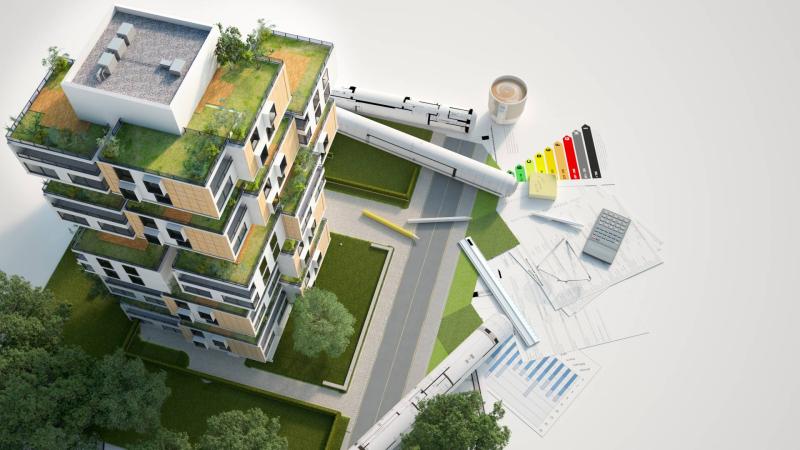Environmental modeling is evolving rapidly with advancements in technology, data analytics, and interdisciplinary collaboration. This article explores emerging innovations and trends shaping the future of environmental modeling, from enhanced predictive capabilities to novel applications in sustainability and resilience planning.
Introduction to Future Directions in Environmental Modeling
Environmental modeling plays a crucial role in understanding and managing complex environmental systems, predicting environmental impacts, and informing policy decisions. As technological capabilities expand and environmental challenges intensify, the field is poised for transformative advancements.
Innovations in Environmental Modeling
1. Integration of Artificial Intelligence (AI)
AI and machine learning techniques are revolutionizing environmental modeling by automating data analysis, improving model calibration, and enhancing predictive accuracy. AI algorithms can detect patterns in complex environmental data sets, optimize model parameters, and simulate scenarios with unprecedented efficiency.
2. Enhanced Spatial and Temporal Resolution
Advancements in remote sensing technologies and high-resolution modeling techniques are enabling finer-scale predictions of environmental processes. High-resolution models capture local variations in climate, land use, and ecosystem dynamics, providing insights into regional impacts of global environmental changes.
3. Coupled Models for Interdisciplinary Insights
Coupled modeling approaches integrate multiple environmental disciplines, such as climate science, hydrology, ecology, and socio-economics. These interdisciplinary models simulate complex interactions between natural and human systems, offering holistic insights into environmental challenges and solutions.
Trends Driving Future Applications
1. Climate Informatics
Climate informatics combines environmental modeling with data science and computational methods to analyze large-scale climate data sets. This interdisciplinary approach enhances our understanding of climate variability, extreme weather events, and long-term climate trends.
2. Resilience and Adaptation Planning
Umgebungsmodelle are increasingly used to support resilience planning in urban and rural areas vulnerable to climate change impacts. Models simulate adaptation strategies, assess infrastructure vulnerabilities, and inform decision-making to enhance community resilience and sustainable development.
Challenges and Opportunities
1. Data Integration and Accessibility
Efforts to improve data collection networks and open-access data platforms enhance the quality and availability of inputs for environmental models. Integrated data systems enable more comprehensive modeling of complex environmental systems and support global collaboration.
2. Ethical and Societal Implications
As environmental models influence policy decisions and public perceptions, addressing ethical considerations, transparency in model assumptions, and stakeholder engagement becomes essential. Ensuring model outputs are used responsibly and inclusively promotes trust and effective decision-making.
Future Prospects and Collaboration
1. Cross-Sector Collaboration
Collaboration between academia, government agencies, industry, and non-governmental organizations fosters innovation and accelerates the application of environmental modeling in real-world contexts. Multidisciplinary partnerships drive forward-thinking solutions to global environmental challenges.
2. Education and Capacity Building
Educational programs and professional development initiatives in environmental modeling equip future generations with the skills and knowledge needed to address evolving environmental issues. Continuous learning and skills enhancement are essential for staying at the forefront of modeling innovations.
Conclusion
The future of environmental modeling is characterized by technological innovation, interdisciplinary collaboration, and adaptive approaches to global environmental challenges. By embracing these innovations and trends, researchers, policymakers, and stakeholders can advance sustainable development goals and safeguard our planet’s future.




